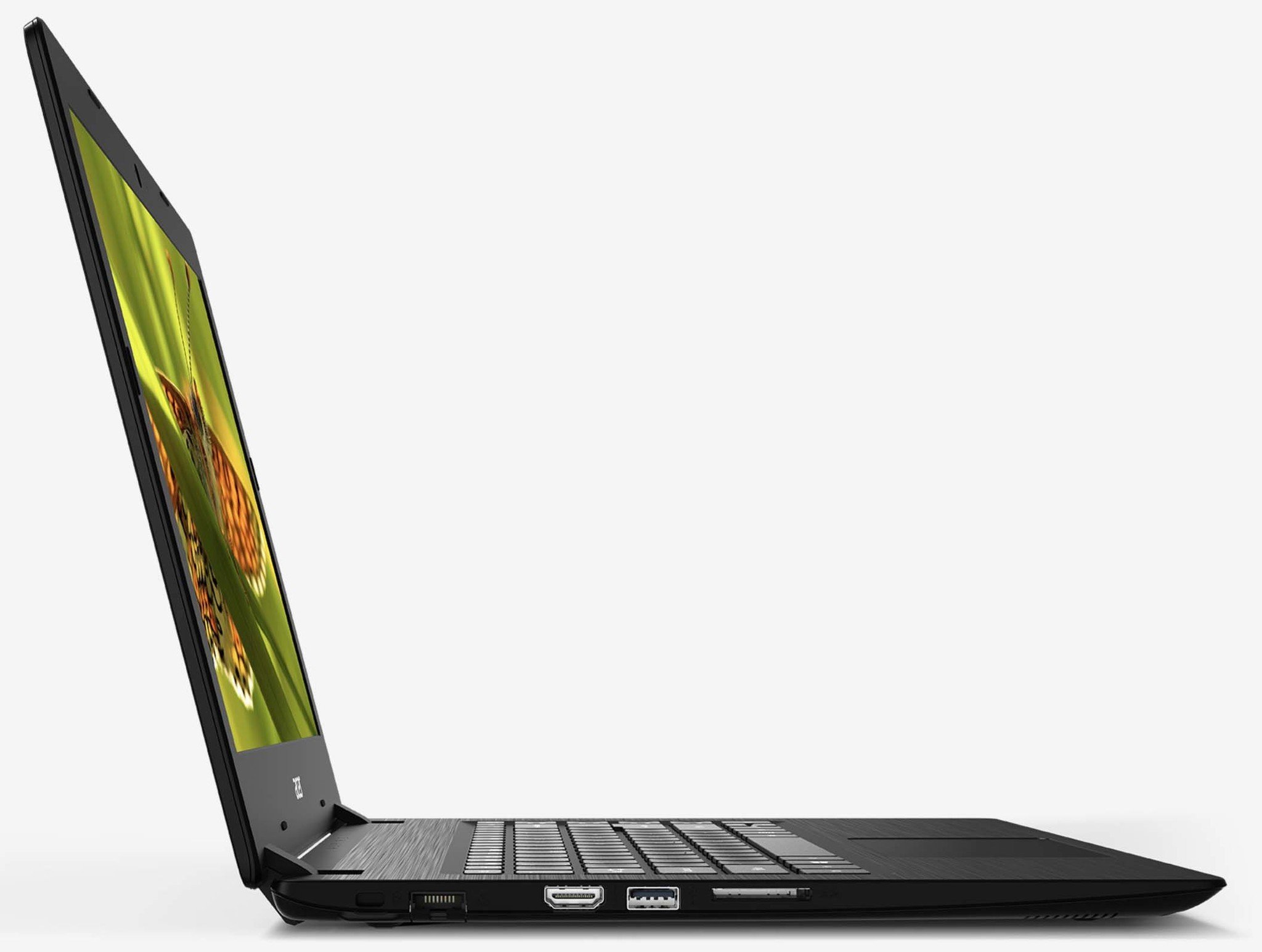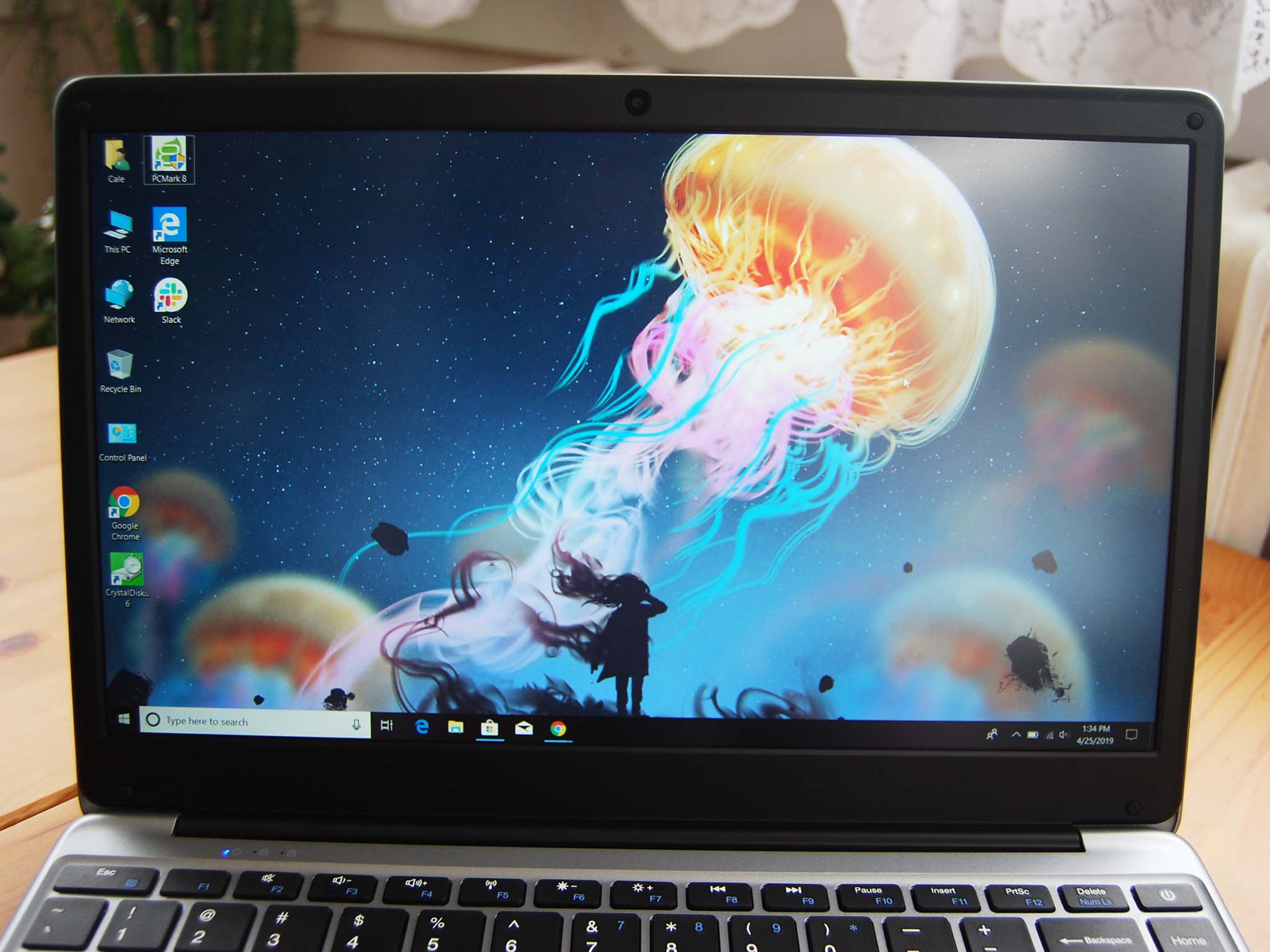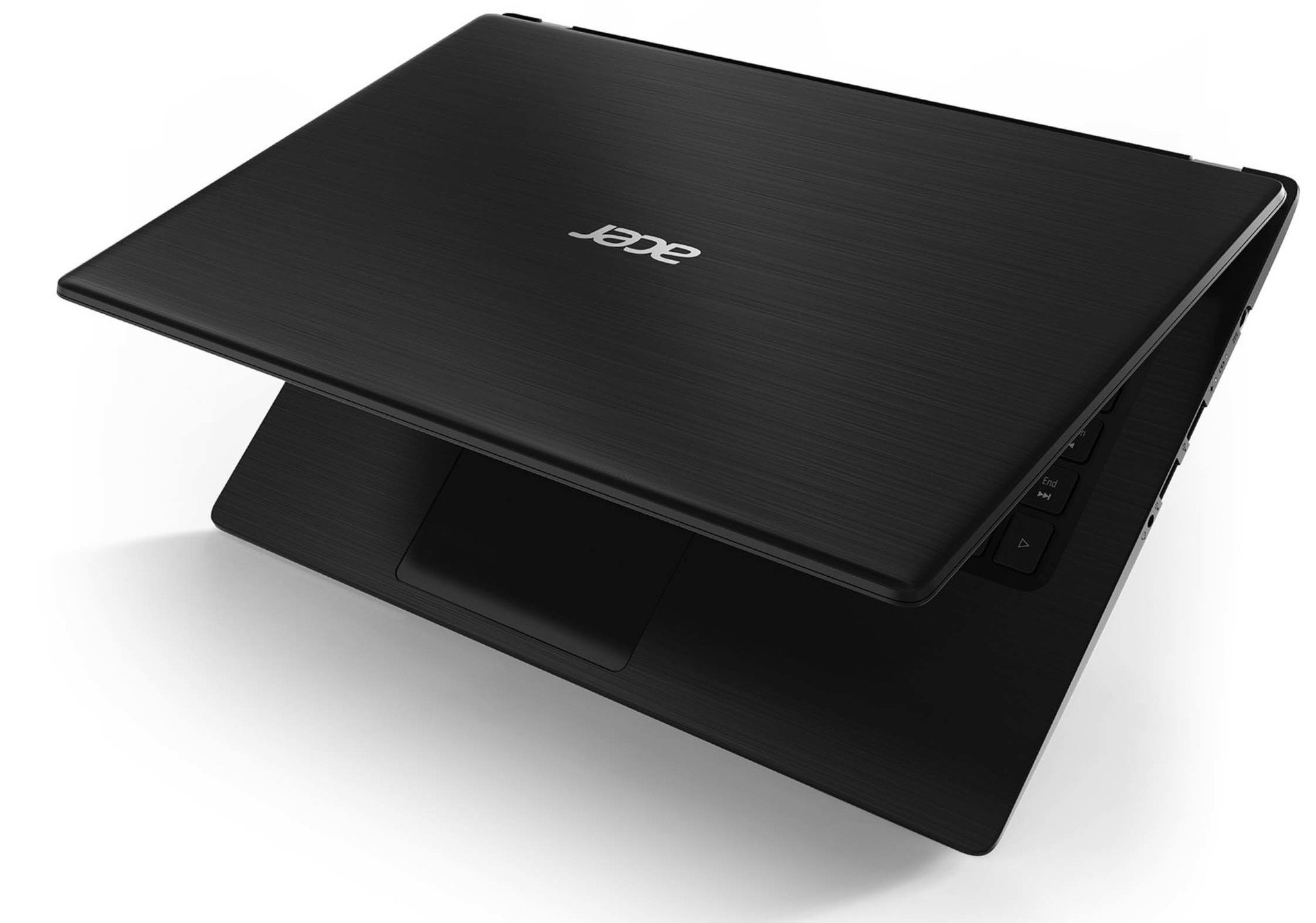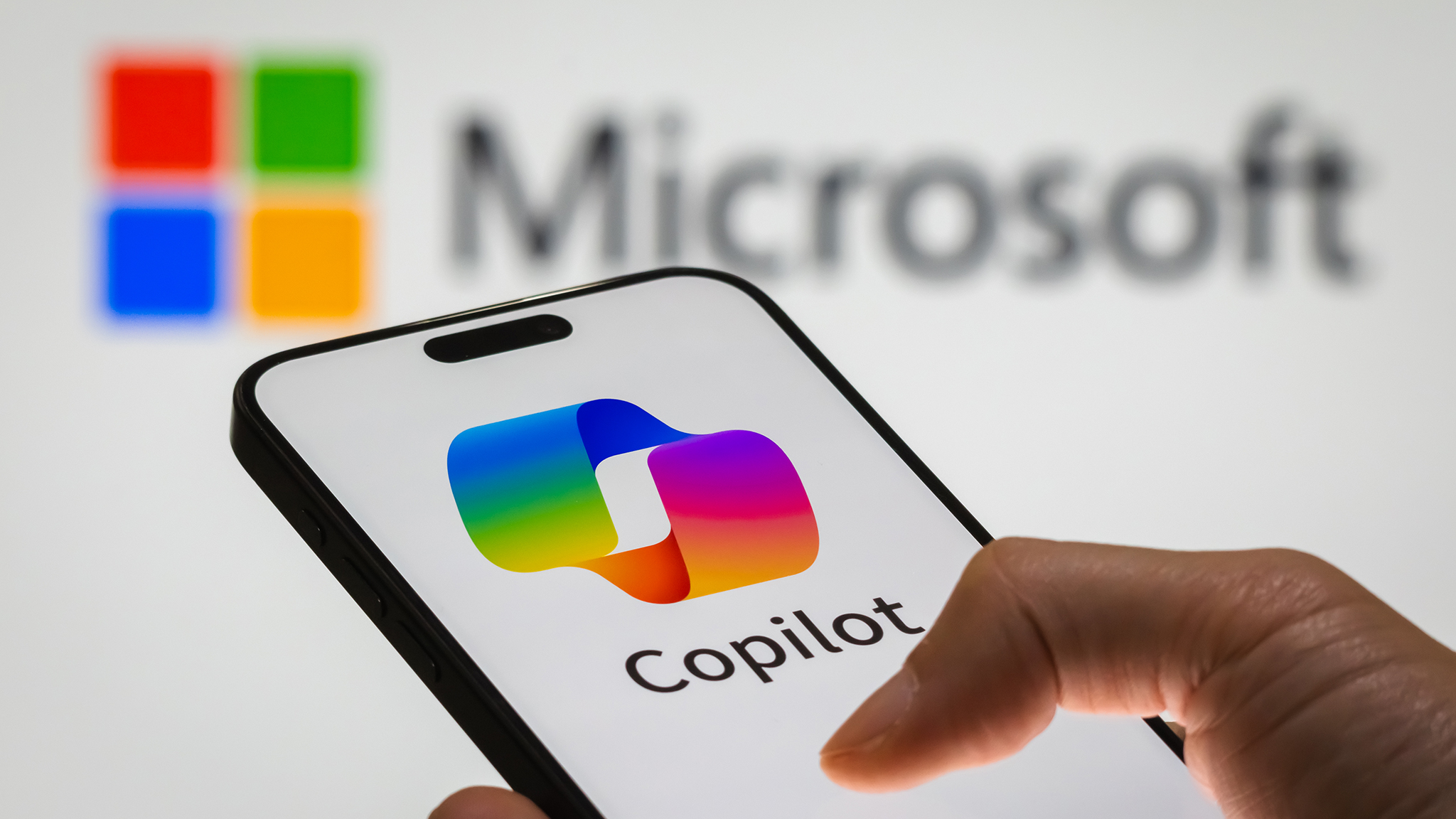CHUWI HeroBook 14.1 vs. Acer Aspire 1: Which should you buy?


Unbeatable price
CHUWI's HeroBook 14.1 brings all-day battery life, a 1080p display with IPS panel, and easily upgradeable storage, all for $200. If you don't need the extra ports or the 802.11ac Wi-Fi that the Aspire 1 offers, this should be your first pick.
Pros
- Quad-core CPU
- All-day battery life
- Cheaper than Aspire 1
- Upgradeable M.2 SSD
- IPS panel display
Cons
- Port selection lacking
- 802.11n adapter (no 5GHz Wi-Fi)
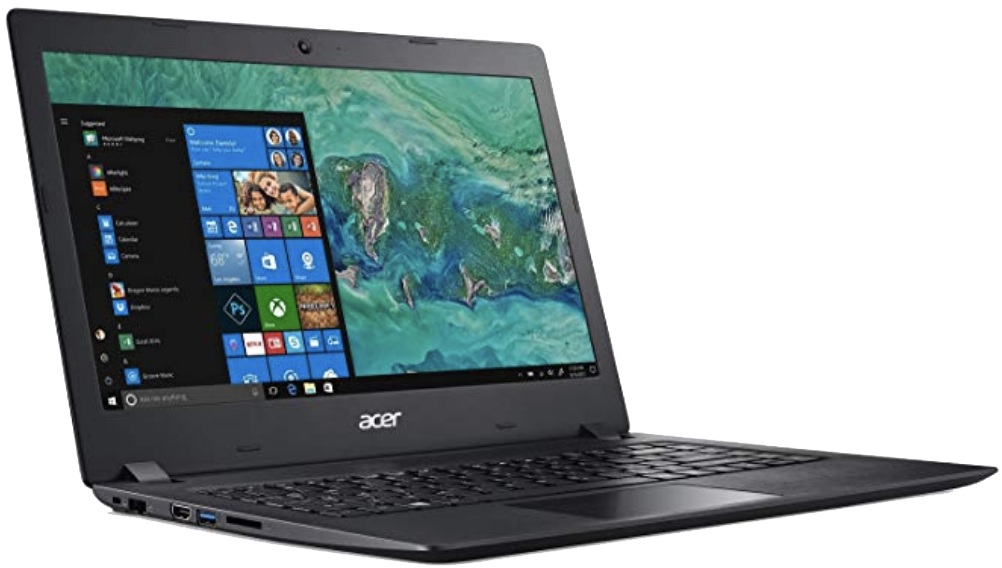
Better port selection
Acer's Aspire 1 C1YA costs about $50 more than the HeroBook, but it does have a far better port selection and that 802.11ac Wi-Fi. The TN 1080p display and lesser battery life will likely drive most people to the CHUWI unless ports and network are a top priority.
Pros
- Ports include Ethernet and HDMI
- 802.11ac Wi-Fi
- Full-size SD card reader
- Quieter, softer keyboard
- Slightly thinner
Cons
- Lesser battery life
- More expensive
- TN panel display
These two 14-inch laptops are about as budget as can be, and they both have their perks and downsides. Let's take a close look at exactly why you might want to opt for one or the other.
CHUWI HeroBook 14.1 vs. Acer Aspire 1 tech specs
| Header Cell - Column 0 | CHUWI HeroBook 14.1 | Acer Aspire 1 |
|---|---|---|
| OS | Windows 10 Home | Windows 10 in S mode |
| Processor | Intel Atom x5-E8000 Four cores Up to 2.0GHz | Intel Celeron N4000 Two cores Up to 2.60GHz |
| RAM | 4GB DDR3 | 4GB DDR4 |
| Graphics | Intel HD 400 | Intel HD 600 |
| Storage | 64GB eMMC M.2 SATA expansion | 64GB eMMC |
| Display | 14.1 inches 1920x1080 (FHD) IPS, matte, non-touch | 14 inches 1920x1080 (FHD) TN, matte, non-touch |
| Ports | Two USB-A 3.0 Micro HDMI MicroSD card reader 3.5mm audio | Two USB-A 2.0 One USB-A 3.0 HDMI RJ45 Ethernet SD card reader 3.5mm audio |
| Wireless | 802.11n 2.4GHz only Bluetooth | 802.11ac 2.4GHz and 5GHz Bluetooth |
| Camera | Front-facing | Front-facing |
| Keyboard | No backlight No numpad | No backlight No numpad |
| Touchpad | Precision | Precision |
| Battery | 38Wh Between 9 and 10 hours | 4810mAh Between 6 and 7 hours |
| Dimensions | 13.07 inches x 8.42 inches x 0.83 inches (332mm x 214mm x 21.3mm) | 13.5 inches x 9.6 inches x 0.7 inches (342.9mm x 243.84mm x 17.78mm) |
| Weight | 3.2 pounds (1.48kg) | 3.64 pounds (1.65kg) |
CHUWI HeroBook 14.1 vs. Acer Aspire 1 design
Though the Acer Aspire 1 is slightly thinner than CHUWI's HeroBook, the latter laptop is actually lighter and has a smaller overall footprint. Both are portable and should be hardly noticeable when packed into a laptop. Both laptops are made primarily from plastic, so neither one will be as durable as something with an aluminum chassis. While the HeroBook is a flat gray color throughout, the Aspire 1 has a darker brushed aluminum look that should better hide scratches and dings during everyday use.
Both have a dual-hinge design, and where the HeroBook's lid only opens to about 110 degrees, the Aspire's lid reaches back far enough to lie flat. CHUWI makes great use of space, implementing a sizeable keyboard that stretches from side to side and an enormous Precision touchpad below. I didn't mind typing for long periods on the HeroBook, though the keys are relatively loud and a bit hollow sounding. The Aspire's keys aren't quite as chunky as those on the HeroBook, but you will feel a bit of a softer landing when bottoming out. The touchpad also uses Precision drivers, though it's not as large as the one on the HeroBook. Neither keyboard has a backlight to help with working in the dark.
The Aspire easily wins with its port selection, offering up two USB-A 2.0, a single USB-A 3.0, full-size HDMI, RJ45 Ethernet, an SD card reader, and a 3.5mm audio jack. These ports make it easier to connect external accessories without a docking station or USB hub, and the addition of Ethernet is a boon for anyone who relies on a wired connection. The HeroBook's two USB-A 2.0 ports, Micro HDMI, 3.5mm audio, and SD card reader simply don't compare.
CHUWI HeroBook 14.1 vs. Acer Aspire 1 display
Budget laptops usually see a low-resolution display to help keep costs down, but these two laptops step up the game with 1080p. Neither display has the same color reproduction as you'd see with a costlier device, making them not ideal for editing or design work (not to mention performance wouldn't hold up, either). The biggest difference, other than the slimmer bezel around the HeroBook's display, is the type of panel in use. The Aspire 1 has a TN panel, which doesn't work well when viewed from the side. The HeroBook's IPS panel has much wider viewing angles, making it easier to see for anyone who's not directly in front of the screen.
Brightness is about the same in both laptops, and you might have some issues working in a well-lit room. A matte finish on both laptops helps cut down on glare. As far as budget laptops go, both laptops deliver an above-average viewing experience, though the HeroBook 14.1 does edge out the Aspire thanks to the IPS panel and thinner bezel.
CHUWI HeroBook 14.1 vs. Acer Aspire 1 performance and price
When picking out a laptop less than $300, it's expected that performance won't handle much more than lightweight productivity tasks, like word processing, web browsing, and video watching. The HeroBook's Intel Atom processor (CPU) has a marginally lower base clock speed, but its four cores can handle multitasking easier than the dual-core Intel Celeron CPU in the Aspire 1. Both laptops come with 4GB of RAM that again can handle non-intensive work. The Aspire 1 uses DDR4 while the HeroBook uses DDR3 RAM. Will you notice a difference in performance? Likely not, but it's still notable.
All the latest news, reviews, and guides for Windows and Xbox diehards.
Both laptops likewise come standard with 64GB of embedded MultiMediaCard (eMMC) storage, which is not much for the average user. With Windows 10 and a few benchmarking apps installed on the HeroBook, the remaining storage is down to about 22GB. Luckily, CHUWI's laptop comes with a quick-access panel on the bottom for a SATA M.2 solid-state drive (SSD), which you can add after purchase to boost storage up to 1TB. The microSD card reader can also be used to expand storage up to 128GB. The Aspire doesn't have the same M.2 expansion option, but it does have a full-size SD card reader that can be used to add up to 64GB of storage.
Along with an Ethernet port for a wired connection, the Aspire includes an 802.11ac wireless adapter to take advantage of modern routers with both 2.4GHz (lesser throughput, better range) and 5GHz (lesser ranger, better throughput) radios. The HeroBook is stuck with an 802.11n Wi-Fi adapter, which means it can only pick up 2.4GHz radios. Considering the limited standard storage, cloud uploads and downloads may be a common occurrence, and the Aspire 1 will be better suited to handle the load.
Although the Aspire 1 gets a respectable (for a budget device) six or seven hours of battery life from a charge, the HeroBook, helped along by hardware that doesn't draw as much power, gets between nine and ten hours when going about regular lightweight tasks. Considering battery life is a huge selling point and the HeroBook is about $50 less than the Aspire, this will likely turn a lot of people towards CHUWI's device.
Stick with the cheaper CHUWI HeroBook 14.1 for a better overall experience
The HeroBook 14.1 is stuck with an 802.11n Wi-Fi adapter and limited port selection, but its IPS display, upgradeable storage, superior battery life, and lower price make it the better overall pick for most people.
The Acer Aspire 1 brings 802.11ac Wi-Fi and more ports
It costs more, it's lacking in storage upgrade options, and it has a TN display, but the Aspire 1 brings far better networking options and a more rounded selection of ports. If these two features are important in your usage scenario, it's still a great budget laptop that costs less than most other devices.

Cale Hunt brings to Windows Central more than nine years of experience writing about laptops, PCs, accessories, games, and beyond. If it runs Windows or in some way complements the hardware, there’s a good chance he knows about it, has written about it, or is already busy testing it.
